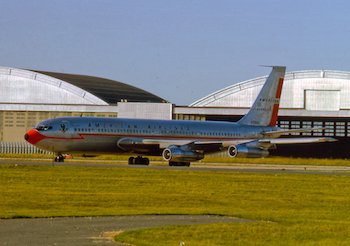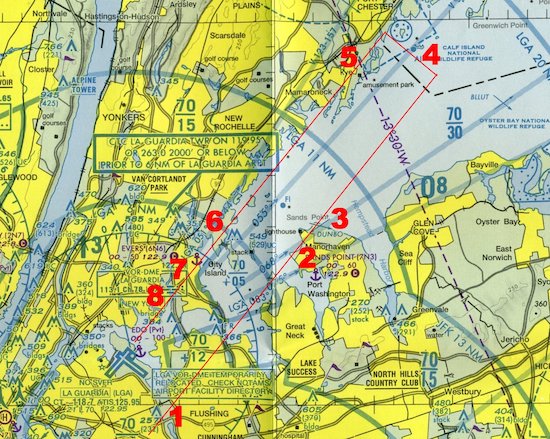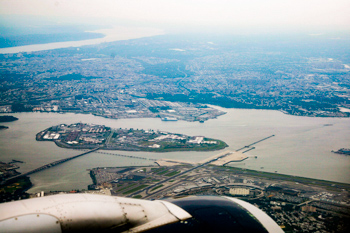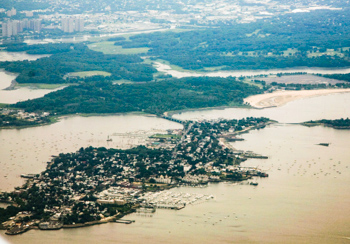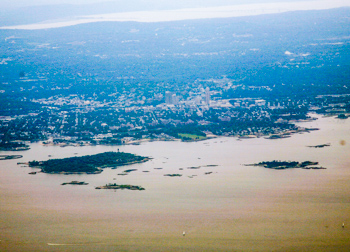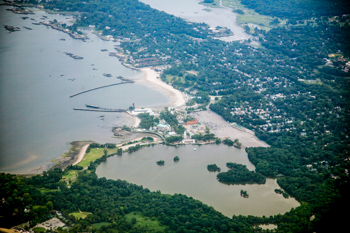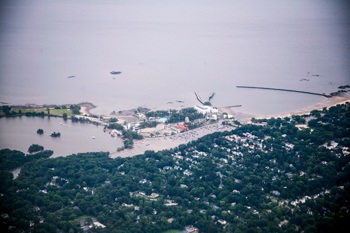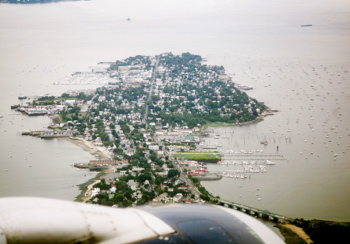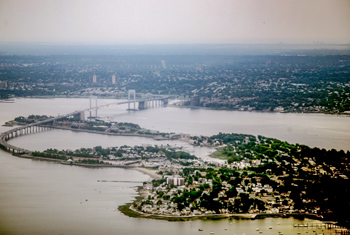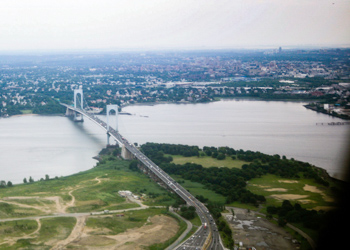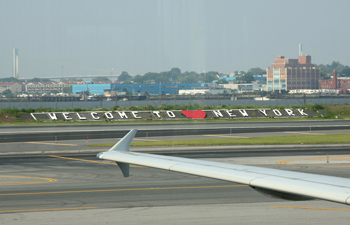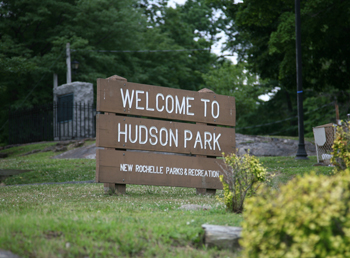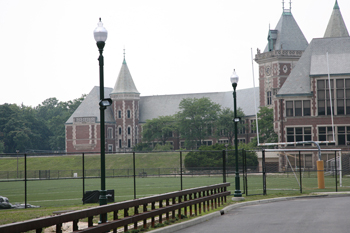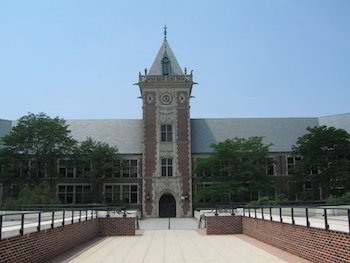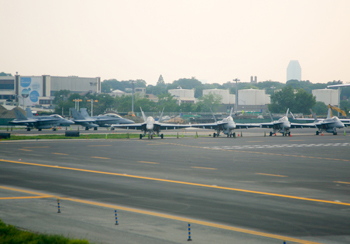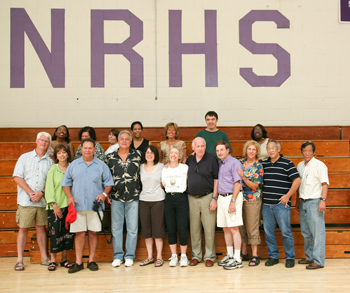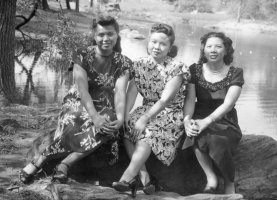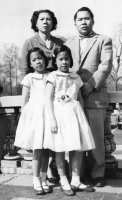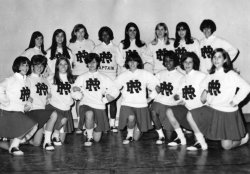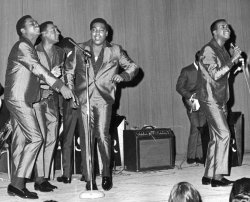Online Magazine
Recent Posts
- Safeguard your Cellphone Photos
- Black & White to Color – Instantly
- Wearing Many Hats
- Video Roundup
- Rescuing Your Blurry Pictures
- Showing Their Age
- What is Your Angle?
- Panorama Photos
- Humorous Photos
- Close Ups
- Fisheye Pictures
- Photo Antiquities
- Printing Big
- Appreciating Scale
- Celebrity Sightings
Tags
More Places to Go
- Free "How-To" Books “How To” books for popular cameras 0
- Vist Us on Facebook keep in touch with us on Facebook 2
Archives
- July 2023 (1)
- March 2023 (2)
- February 2023 (1)
- December 2022 (1)
- October 2022 (1)
- September 2022 (8)
- August 2022 (9)
- July 2022 (1)
- June 2022 (1)
- June 2021 (1)
- May 2021 (1)
- March 2021 (5)
- February 2021 (4)
- January 2021 (2)
- April 2019 (1)
- March 2019 (1)
- February 2019 (1)
- October 2018 (2)
- April 2018 (1)
- March 2018 (4)
- February 2018 (1)
- November 2017 (1)
- August 2017 (1)
- June 2017 (1)
- April 2017 (1)
- March 2017 (5)
- February 2017 (2)
- January 2017 (1)
- October 2016 (1)
- September 2016 (1)
- August 2016 (1)
- July 2016 (1)
- May 2016 (1)
- April 2016 (1)
- March 2016 (2)
- February 2016 (1)
- January 2016 (2)
- December 2015 (1)
- November 2015 (1)
- October 2015 (3)
- April 2015 (1)
- March 2015 (5)
- February 2015 (1)
- January 2015 (4)
- December 2014 (2)
- November 2014 (5)
- October 2014 (2)
- September 2014 (1)
- August 2014 (2)
- July 2014 (1)
- May 2014 (1)
- April 2014 (5)
- March 2014 (5)
- December 2013 (2)
- November 2013 (18)
- October 2013 (1)
- September 2013 (1)
- August 2013 (1)
- July 2013 (1)
- June 2013 (3)
- May 2013 (1)
- April 2013 (2)
- March 2013 (1)
- February 2013 (1)
- January 2013 (1)
- December 2012 (1)
- November 2012 (2)
- October 2012 (2)
- September 2012 (5)
- August 2012 (2)
- July 2012 (1)
- June 2012 (1)
- May 2012 (1)
- April 2012 (4)
- March 2012 (1)
- February 2012 (1)
- January 2012 (3)
- December 2011 (1)
- November 2011 (3)
- October 2011 (1)
- September 2011 (2)
- August 2011 (2)
- June 2011 (3)
- May 2011 (4)
- April 2011 (8)
- March 2011 (8)
- February 2011 (10)
- January 2011 (6)
- December 2010 (11)
- November 2010 (14)
- October 2010 (6)
- September 2010 (12)
- August 2010 (2)
- July 2010 (4)
- June 2010 (3)
- May 2010 (1)
- April 2010 (1)
- March 2010 (2)
- February 2010 (1)
- January 2010 (1)
- December 2009 (1)
- November 2009 (2)
- October 2009 (2)
- September 2009 (1)
- August 2009 (3)
- July 2009 (2)
- June 2009 (1)
- May 2009 (2)
- April 2009 (1)
- March 2009 (2)
- February 2009 (1)
- January 2009 (3)
Time Travel
05th August 2022
Time Travel
Photos that jog my memory
I grew up in New Rochelle, a suburban city not far from New York City. Some of the older readers may remember the George M Cohan song 45 Minutes From Broadway which was a reference to New Rochelle. Others may remember this town as the home of television character Dick Van Dyke. New Rochelle is only a few miles from the New York City border.
In 2007 I traveled back to New Rochelle to attend my 40th high school reunion.
For me, this was truly time travel. I couldn’t help but feel that I was turning the clock back 40 years to the year 1967. I was anxious to renew friendships with former high school classmates with whom I graduated from New Rochelle High School.
I hadn’t flown into LaGuardia Airport for a few years and was surprised by my flight’s arrival approach. The pilot navigated our plane over some landmarks that were very familiar to me from my youth. With my camera joined to myself I was able to capture some of these landmarks.
Follow along and I’ll take you on this short time travel photo tour in the aircraft that took me over my youthful romping area.
My Long Affair with Photography
18th April 2014
| During my college years, I completed my formal photo training by working at two different high end processing labs servicing the Madison Ave advertising agencies. In the 60’s, a process called “dye transfer” was used to make photographic reproductions for the high quality magazines like Vogue and Harper. Here is where I learned processing from the ground up: making color separations from original transparencies for printing using cyan, magenta and yellow dyes. Despite commuting between my home in New Rochelle and the photo labs in New York City and the long working hours, I thoroughly enjoyed the job as I continued to learn different aspects of photography. |
| At college I taught at the photography club and introduced my girlfriend to darkroom techniques. By the way, Kris is now my wife and hates the darkroom. I was a staff photographer for several university organizations and earned extra cash by photographing fraternity and sorority events. |
| Following college, Kris and I were married and shortly thereafter, photography took a backseat to raising a family, putting bread on the table and becoming involved in the software industry. Although I took and accumulated thousands of photos during this period, the bulk of these were of family faces and of the scenic vacation variety. |
| Skip forward 30 years to the mid-1990s. My company Abacus, was involved with flight simulation software and I’m taking more and more aviation related photos. I now find myself dabbling in the new world of digital photography. The stars are finally aligned and I’m ready to marry two of my long time interests: photography and aviation. With digital, the equipment and processing techniques are radically different from conventional film photography. |
| Several years ago, I received a surprise email from John Margotta, my photography mentor from the 1960s. I was happy to hear that at an age of 80+, he’s still immersed in photography. He’s produced some artistic renditions of still life using his “Photoshop-equipped darkroom”. His approach to photography is a lesson that hi-tech isn’t reserved only for the young. |
| Lucikly, I’m finding that most of the basics that I started learning 50+ years ago are still relevant. After all of these years, I remain very excited and passionate about my love of photography. |
Why Photos Matter – a follow up
25th June 2013
|
A couple of years ago, I wrote an article about a friendly face from the past. We knew her as Aunt Rita – an artist, a wife, a mother, a world traveler, an adventurer and a lovely woman. Aunt Rita and her family lived on a Chinese junk, The Amoy which was moored in the harbor of New Rochelle (NY), a few blocks from where we lived. Since my article appeared, I’ve had several email exchanges with Aunt Rita’s family which in turn made me go hunting for this classic painting that she gifted to my mother years ago. I remember her painting vividly since it decorated our childhood home for many years. And when my folks moved to their new home, the painting was part of their spare bedroom. | 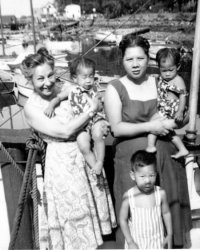 Aunt Rita, Mom, my sisters and me |
|
| |
 |
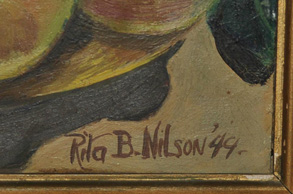 |
These photos are a pleasant way to enjoy the people and events from days gone by. Photos such as these should be a constant reminder to share your memories with others. Yes, photos matter.
Written by Arnie Lee
